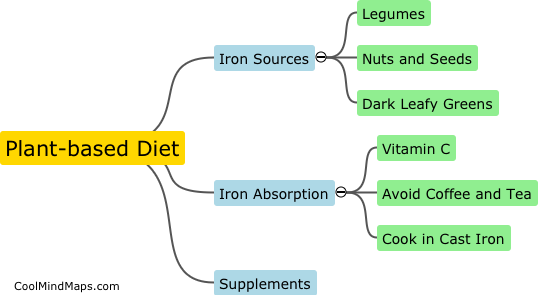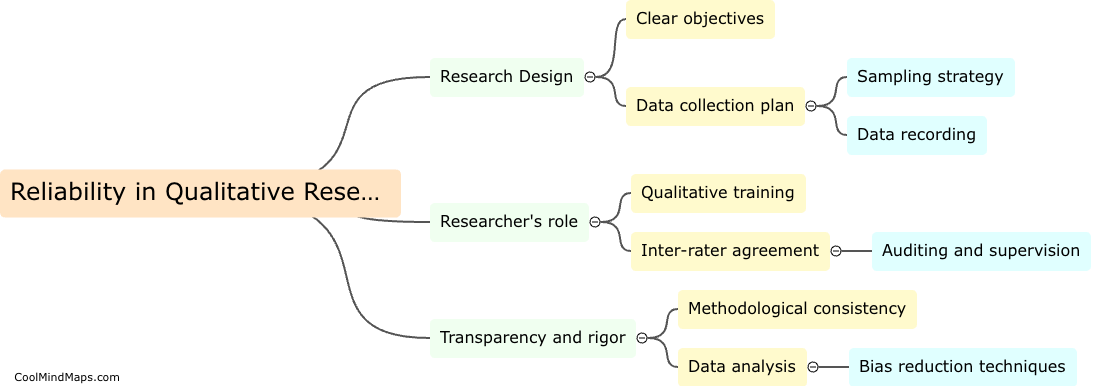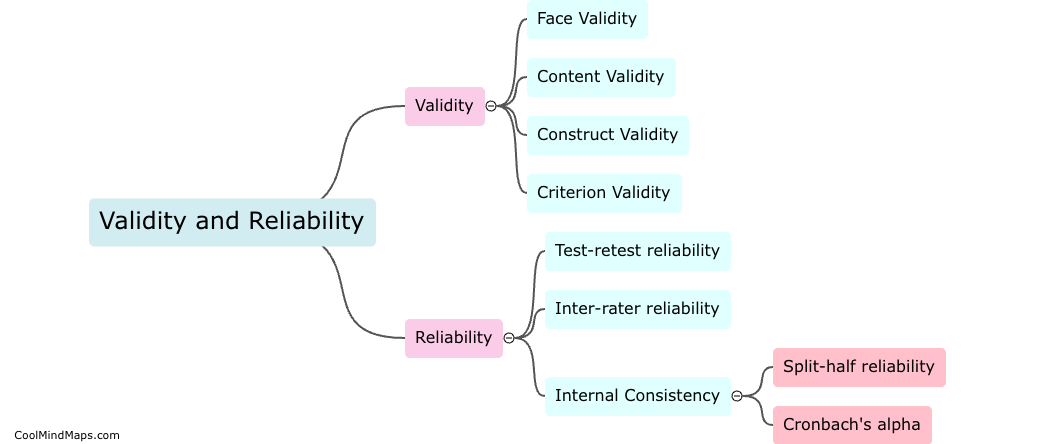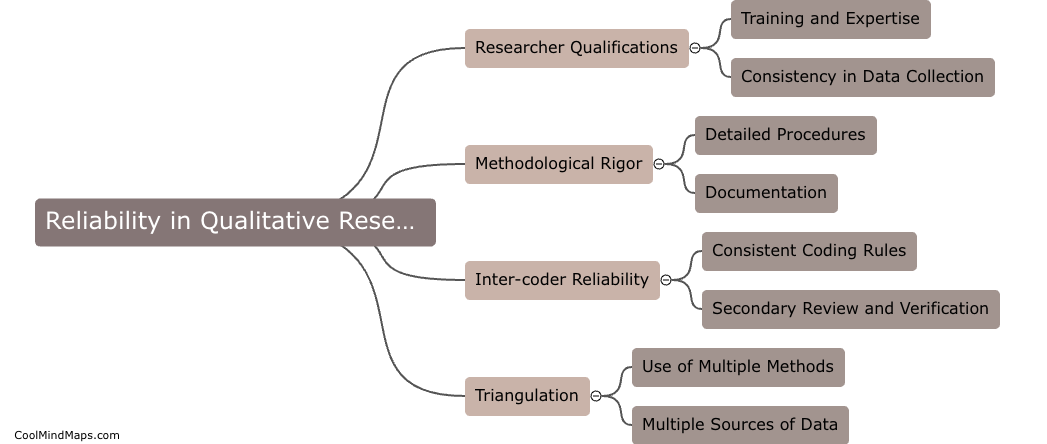What are the different methods of measuring reliability in qualitative research?
In qualitative research, reliability refers to the consistency, dependability, and stability of research findings. There are several methods to measure reliability in qualitative research, such as member checks, peer review, triangulation, and inter-coder reliability. Member checks involve reviewing research findings with the participants to assess whether their experiences have been accurately interpreted; peer review involves subjecting research findings to external scrutiny by other experts in the same field; triangulation involves collecting data from multiple sources to examine the consistency of findings; and inter-coder reliability involves comparing the coding and interpretation of data by multiple researchers to assess the consistency of findings. These methods can help to establish the reliability of research findings and enhance the validity of qualitative research.
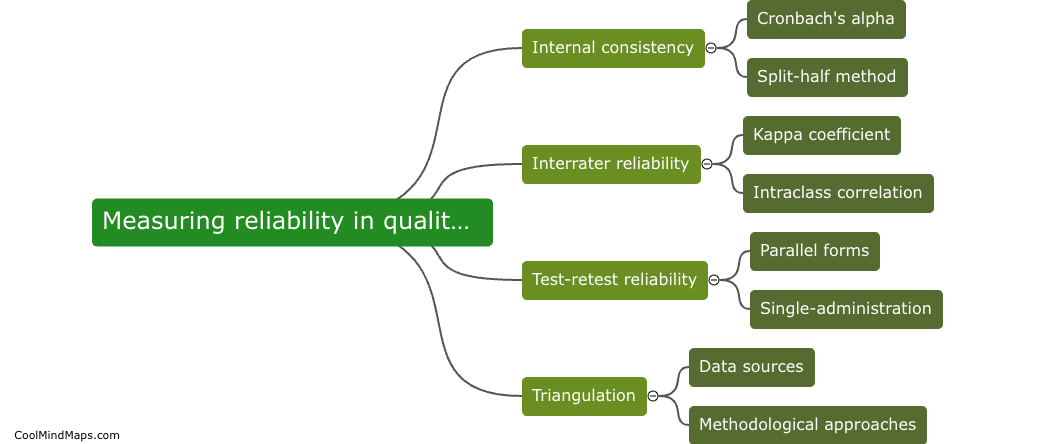
This mind map was published on 20 April 2023 and has been viewed 145 times.
